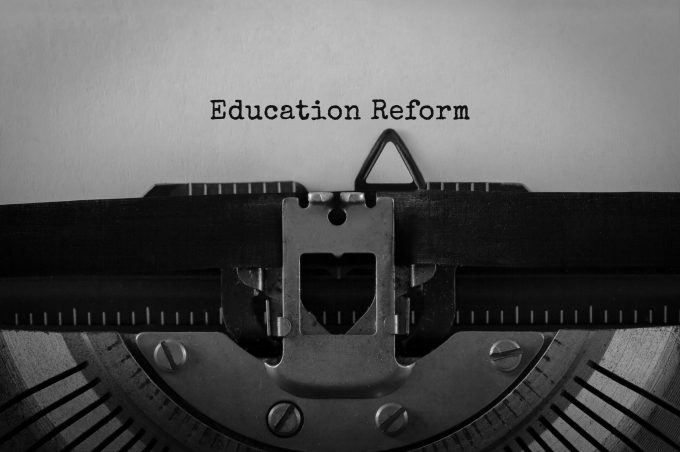More time for teachers with expansion of AI tool trial
All NSW teachers will soon have access to AI tools to help relieve the administrative burden and allow teachers more time with students.

All NSW public school teachers will soon have access to a generative AI app developed by the NSW Department of Education, after feedback from a trial in 50 schools showed the tool significantly improved workload efficiency and enabled teachers to focus more of their time on the classroom.
Read the latest print edition of School News HERE
In what will be one of the world’s largest systemic rollouts of AI chat for teachers, NSWEduChat will be made available for all teachers by the start of Term 4. The trial began in 16 schools at the start of 2024 and initially expanded to 50 schools in Term 2.
Purpose-built for use in education, NSWEduChat has distinct versions for teachers and students with the version for teachers aiming to reduce time spent on routine administrative tasks. The expansion of access to the generative AI app NSWEduChat follows high engagement and positive feedback from the initial trial including:
- Time saved producing a range of resources to meet the different ability levels of students.
- Improved ability to adjust classroom resources to students’ interests.
- Significant time saving in checking correspondence, newsletters, and preparing materials.
Deputy Premier and Minister for Education and Early Learning Prue Car said: “Teachers who have been using this tool say it’s helping them spend less time on admin, enabling them to focus on teaching.
“NSWEduChat does not replace the valuable work of our teachers – it helps them to save time, tailor their resources, and focus on their critical work in the classroom. The expansion of this trial to all teachers is part of our work to reduce the admin burden and get more teachers in front of our students.”
Some teachers involved in the NSWEduChat trial have reported saving over an hour per week on producing various lesson resources.
The objective of the trial is to understand the benefits of generative AI on teaching and learning, including how it can assist teachers to get through administrative work more quickly so their energy is focussed on students.
The NSW Government said it is committed to reducing the admin load on teachers by five hours per week.
Providing NSWEduChat access to staff systemwide will allow the Department to explore the impact of the tool in assisting teachers to save time while creating quality learning opportunities for students.
NSWEduChat is based in the department’s own cloud environment, ensuring data is secure. Use of the app is optional for staff. To help staff use the app, the department provides professional learning resources including workshops and online guides.

An AI in education pilot program to reduce teacher workloads in also underway in WA, co-funded by the Australian and Western Australian Governments. Eight schools are involved in the trial. This initiative is informed by the Australian Framework for Generative Artificial Intelligence in Schools which assists school communities use generative AI in a safe and effective way and is aligned with the Commonwealth Government’s work promoting safe and responsible AI.
Commonwealth funding, under the Workload Reduction Fund, will be matched with co-investment from the Cook Government to implement the pilot. The WA non-Government sector will also contribute $300,000 towards the pilot.
In announcing the program in August, WA Minister for Education Tony Buti, said: “We want out teachers to be teaching our kids. To do this, unnecessary administrative burdens must be reduced, and we hope this new pilot program can support our teachers and ease their workload.”
“We are determined to create the right conditions for schools to get on with their jobs of providing a great education.”
Federal Minister for Education, Jason Clare said teaching is the most important job in the world. “The idea that teachers clock on at 9am and knock off at 3pm is rubbish.
“AI will never replace a great teacher, but it can help cut down the time they spend doing admin so they can spend more time in the classroom.”







